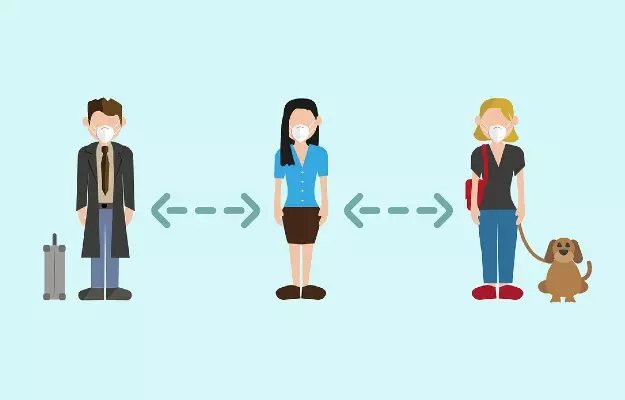COVID-19 cases in India have continued to grow exponentially, despite many restrictions on people's movements over the three several months. Indeed, the country has leapfrogged some of the worst-hit nations like Spain and the United Kingdom to become the fourth most affected country in the world with over 3.8 lakh cases (as of 19 June).
Compared to the state of affairs when the nationwide lockdown was imposed on 25 March (when the number of cases was around 600), this rise obviously seems phenomenal. Of course, the rise in numbers is partly reflective of improved testing numbers overall. And a few super spreading events in different states have also taken the count up significantly.
Read more: Study examines the relationship between COVID-19 and superspreaders
There have been several arguments about why the disease has continued to spread despite measures like the lockdown. While the government has to still make a decision on moving the status of the spread of the pandemic to level 3 (which refers to community transmission), hospitals and healthcare centres across the country continue to be stretched beyond their capacity to handle the constantly rising infection rates.
Other theories have also pointed to the rising rate of infection among people indoors, which has been highlighted by the number of people getting infected in the same household after one of them tested positive for the novel coronavirus infection. Others yet have also tried to establish the role of asymptomatic individuals who may have helped the spread of the infection without even knowing they were carriers of the disease.
New research published in the scientific journal The Lancet studying the secondary attack rate of the SARS-CoV-2 virus among household and non-household contacts in the city of Guangzhou in China, found that the estimated attack rate of secondary infection was as high as 12.4%. This suggests that the new coronavirus is more transmissible in households as compared to the coronaviruses that caused the SARS and MERS outbreaks in the past. (Older residents—above the age of 60—remained most at risk of getting severely ill if they contracted the infection as compared to the youngest in the age group, i.e. under 20 years.)
For many of us, the questions that arise now are:
- With cases on the rise, how do we take the best care of ourselves and our loved one?
- What do we to protect everyone at home from COVID-19 if any one of us gets this respiratory illness? (We know from experience that it is extremely hard to stop a viral infection like the flu or common cold from spreading if even one person in the family gets it.)
- What do we do to protect our most vulnerable loved ones: parents and grandparents over 60, children under 10 years and dear ones with chronic conditions like asthma or diabetes?
Despite the steadily rising risk of more people becoming infected, there are a few precautions one can take at home to protect themselves and members in their families. Read on to know the 10 most important precautionary steps to take at home.
Read more: How to protect yourself against COVID-19 infection


















